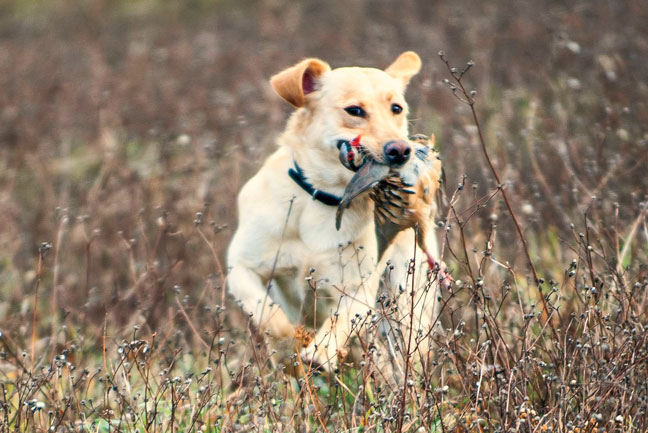
Question:
I have a 2½-year-old female yellow Lab. She got into rat poison last week. When I called into the vet on emergency call he told me to make her throw up then bring her in a few days later for tests to see if she needed any medications as an antidote.
Why wouldn't we give her the antidote right away so she wouldn't have a chance to get sick? I know dogs can die from rat poison and I would do anything to keep her healthy. Dave in SD
Answer:
Great question, Dave. First we need to know what kind of poison it is in order to give as much valuable information as possible to the vet. If possible, have the package to spell the main ingredient to your veterinarian or poison control center.
There are two or three common types of rat and mouse poison sold now. Based on the response you got from your vet, you must have told him that it was one of the anti-coagulant or warfarin types.
These include the ingredients diphacinone, warfarin, bromadiolone and others. They stop the body's ability to clot blood. They cause internal bleeding after a few days.
Vitamin K will counteract these poisons. You cannot use Vitamin K sold over the counter by your pharmacy. You must get the correct type from your veterinarian for your poisoned dog.
With warfarin you want to induce vomiting, using hydrogen peroxide. The poisoned dog could take 1 ml per pound orally up to a total dose of 60 ml for dogs 60 pounds and over.
This could be repeated in 5 to 10 minutes if the dog does not vomit. We would want you to get a good estimate of the volume of poison ingested so we can compare that to the volume that is removed by vomiting.
If we feel that a large majority of the poison has come out successfully, we may not medicate the dog. In this situation we could check specific blood values in two to three days and see if the poison has changed the dog's clotting ability yet. If it has not then medications do not have to be given.
Historically veterinarians would give Vitamin K anytime there was rat bait exposure. This was commonplace before in-house testing of clotting factors were available. Many vets still automatically use the Vitamin K even if vomiting removes much of the poison, which is fine.
If the blood values are altered then we need to administer Vitamin K to counteract the poison. If a dog presents with active bleeding already then a Vitamin K injection may be given immediately with the pills for long-term relief.
Poisoned dog's will probably be hospitalized for treatment and observation, which may include repeated blood tests and possibly a blood transfusion. Different warfarin poisons have different lengths of activity. The longer-term poisons may require more than two to three weeks of Vitamin K pills, which is why blood testing at the end of therapy is important also.
Another type of rat poison that is even more dangerous to pets is one containing cholecalciferol. These types alter the calcium levels in the dog. They do not have an antidote and act more quickly and are more likely to be deadly.
The third possible group would typically be used underground for gophers but might be used for rats and mice. They contain zinc phosphide. Again, these are more dangerous to pets and people and should be used very cautiously to avoid accidental ingestion by a non-target species.
Poisoned dogs are scared dogs, so do not delay; your pup requires immediate emergency treatment.






